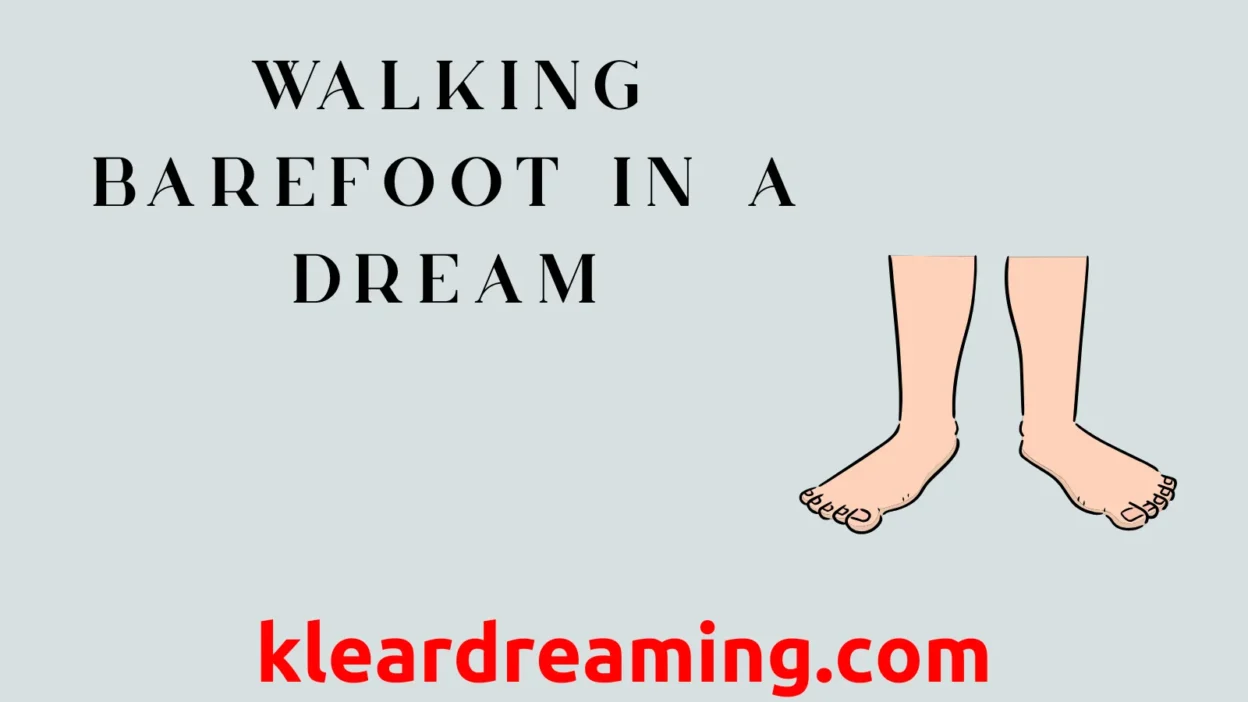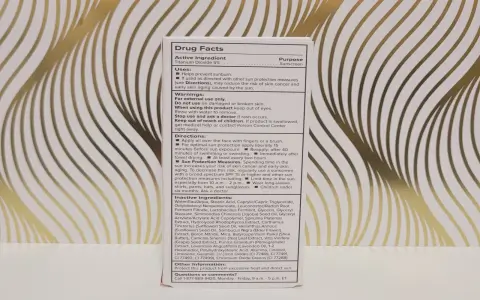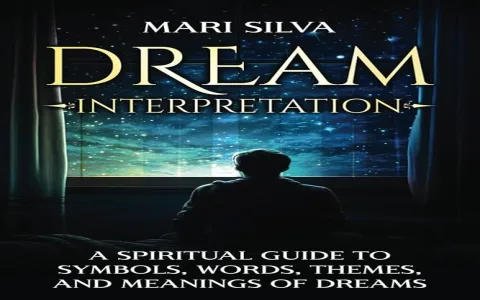So, bare feet in a dream. Everyone online gives you this huge long list of possibilities: purity, grounding, sexual vulnerability, poverty, blah blah blah. Honestly, who has time for that? I don’t. I wanted a system that was fast, dirty, and worked when I woke up groggy at 5 AM.
My entire practice began because I had this ridiculous dream last Tuesday where I was totally barefoot, standing on what felt like a million tiny LEGO bricks, but I was wearing a full tuxedo. The immediate reaction when I woke up was just confusion. I wasn’t scared, I was annoyed. My usual dream dictionary routine took too long, bouncing between ten different meanings that didn’t feel right. So, I figured, the pros have made it too complicated. I needed to strip it back down to the bone.
The Practice: Stripping Down Barefoot Meanings
I dedicated three days to documenting every dream I could remember involving exposed feet. I stopped caring about the academic definitions of “vulnerability” and started caring about what the feet were doing and where they were. I realized that 90% of the meaning is tied to the immediate physical and emotional context, not some ancient symbol.

I started by gathering about thirty anecdotal dreams—mine, my wife’s, and some random ones I found posted anonymously online. I chucked out all the interpretations provided and just documented the image itself, the dreamer’s feeling, and what happened next in the dream narrative.
What I found was that the symbolic interpretation of bare feet basically boils down to whether the dreamer feels free or exposed. Everything else is just detail. To quickly separate those two core feelings, I engineered a three-step filter. I call it the “Three Checks.”
Establishing the Three Checks System
This is what I started doing immediately after waking up, grabbing my notebook, and jotting down the answers. This process eliminates 99% of the noise.
Step One: The Environment Check. Is the ground safe or dangerous?
- If I am barefoot on grass, soft sand, carpet, or a clean floor, the meaning leans heavily towards freedom, connection, or simplicity. I’m comfortable being basic and grounded.
- If I am barefoot on glass, ice, sharp rocks, hot pavement, or muddy ground, the meaning leans towards vulnerability, exposure, or unpreparedness. I am unprotected in a hostile environment.
This first step is crucial. If the ground is safe, you stop worrying about being exposed and start focusing on feeling free.
Step Two: The Emotional Check. Am I trying to hide my feet?
In the dream, was I self-conscious about being barefoot? Did I try to run and find shoes? If the answer is yes, then the dream is about social shame or fear of judgment. If I didn’t even notice or didn’t care (like my tuxedo/LEGO dream—I was just annoyed by the pain, not embarrassed), then the core issue is purely about practical vulnerability or simple authenticity.
Step Three: The Action Check. Am I moving or stuck?
- If I am running freely, dancing, or walking purposefully, the message is usually about accepting my current state and moving forward with authenticity, even if exposed.
- If I am stuck, frozen, or trying desperately to find a way to avoid taking the next step (maybe the ground is too hot, or I can’t climb the hill), the dream is pointing directly at a real-life block caused by a lack of protection or preparation.
After running my tuxedo/LEGO dream through this filter: Dangerous ground (LEGO), not trying to hide (just annoyed), and stuck (can’t move easily). Boom. Interpretation: I felt critically unprepared and vulnerable in a high-stakes, formal area of my life (the tuxedo), and that vulnerability was painful and impeding my progress. Simple. No need for a psychology degree.
Why I Had Time to Document This Nonsense
You’re probably wondering why I spent three full days just cataloging dream feet. Well, the truth is, I got stuck. Not stuck in a dream, but stuck in my own damn house. About a week ago, I tried to install one of those new ultra-secure smart locks on the front door myself because the install fee was ridiculous. I thought, “How hard can it be?”
Turns out, hard enough. I wired something wrong, and the locking mechanism failed, totally jamming the bolt. I couldn’t open the door from the inside or the outside. I had to call a specialist who took 48 hours to arrive because it was a long weekend.
So, I was trapped. Inside. With nothing to do but re-read old notes and analyze my own brain. I had zero physical obligations, no outside contact, just me and my three-day supply of emergency canned goods (don’t ask). It was during this impromptu forced isolation that I realized I needed a system for instant self-help interpretation that didn’t require external resources, because I couldn’t even leave to go buy a new dream book. That’s how this bare feet cheat sheet got systematized. Necessity, isolation, and a broken smart lock forcing a middle-aged man to confront his subconscious.
It works, though. Use the three checks. It’s way easier than reading twenty pages of flowery academic crap.













